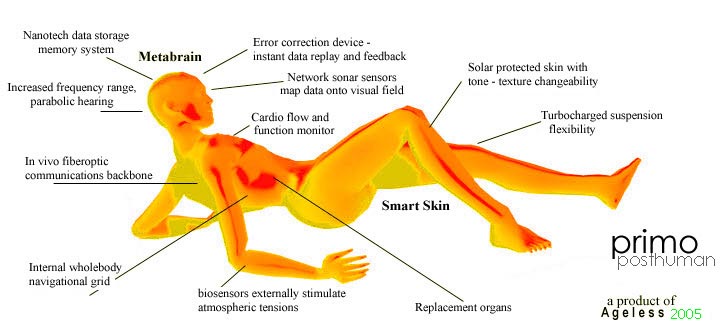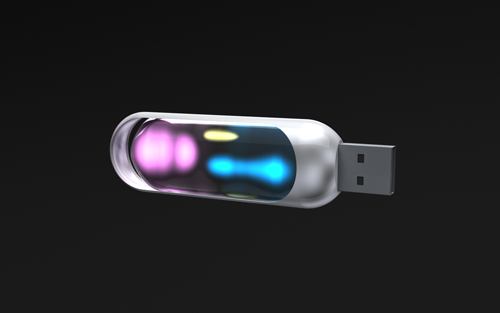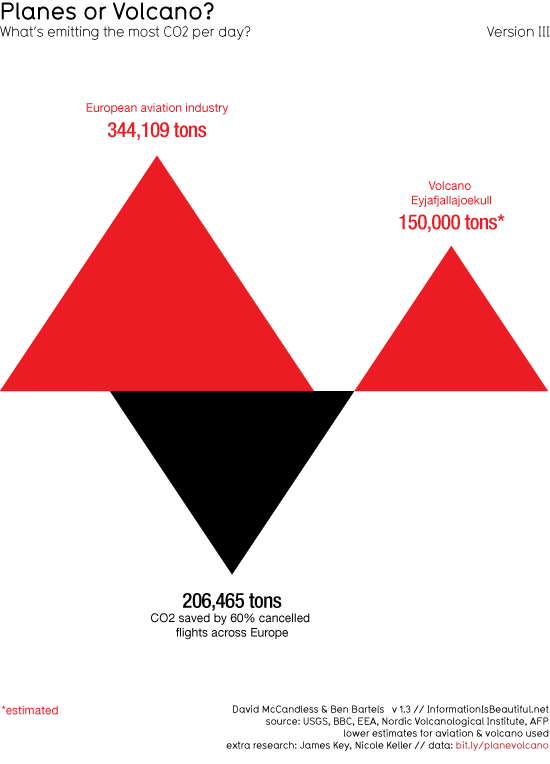Apple has just acquired Siri, a “virtual assistant” that can perform simple tasks for you from your iPhone, such as booking restaurants, movie tickets and taxis (see video right).
Siri is the first of a new genre of product, Virtual Personal Assistants (VPAs), which could drive a move away from search engines that just find things for you, towards intelligent software agents that actually do things for you, based on knowing your context and preferences.
Apple’s purchase is exciting because it’s likely to bring the concept of agent software into the public awareness, and catalyse innovation in the space. If Apple add Siri’s functionality into the iPhone OS, it will also bring the iPad a step closer the Knowledge Navigator vision that Apple published way back in 1987.







 @
@ Tags:
Tags: 















 Like all images on the site, the topic icons are based on images used under Creative Commons or in the public domain. Originals can be found from the following links. Thanks to
Like all images on the site, the topic icons are based on images used under Creative Commons or in the public domain. Originals can be found from the following links. Thanks to